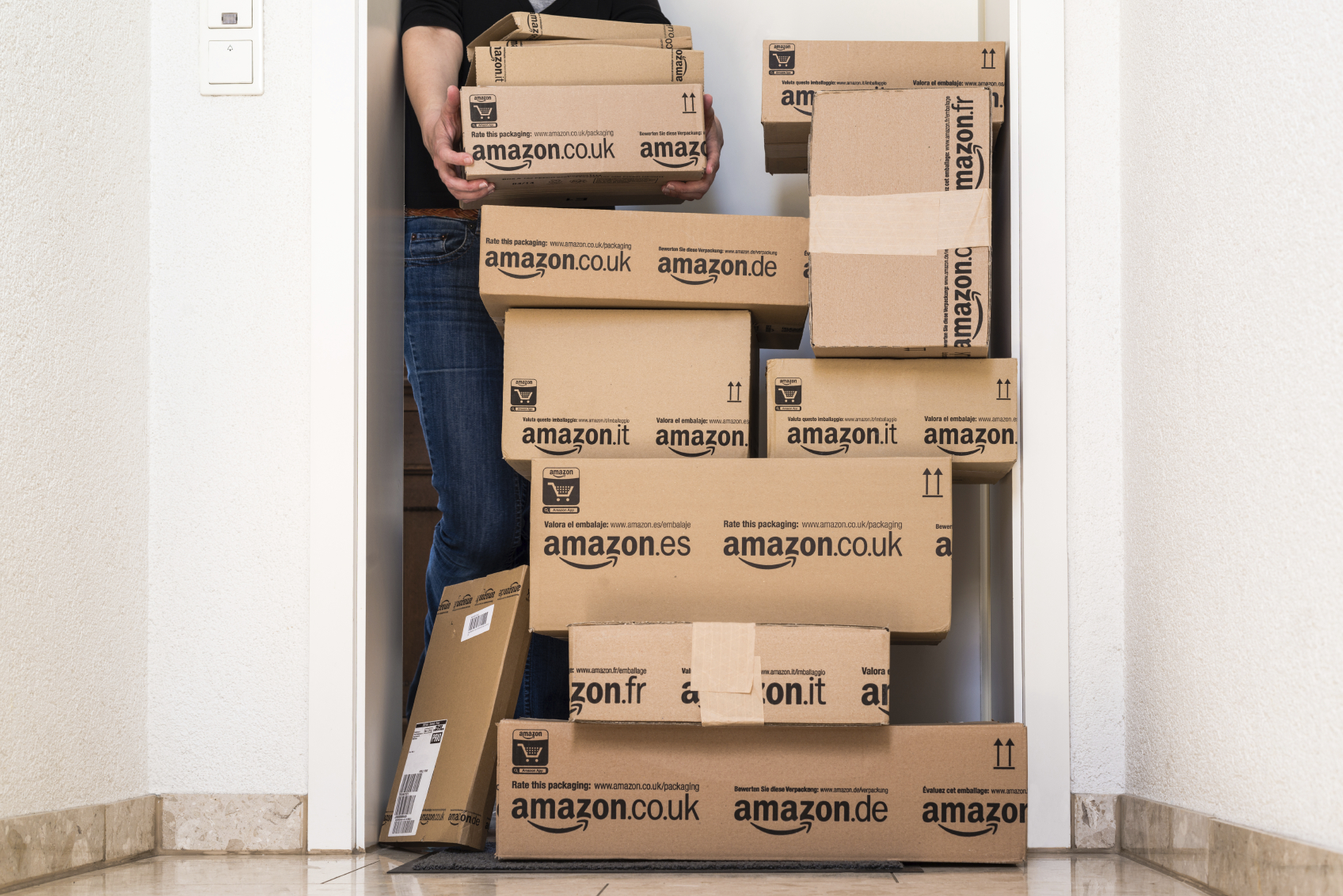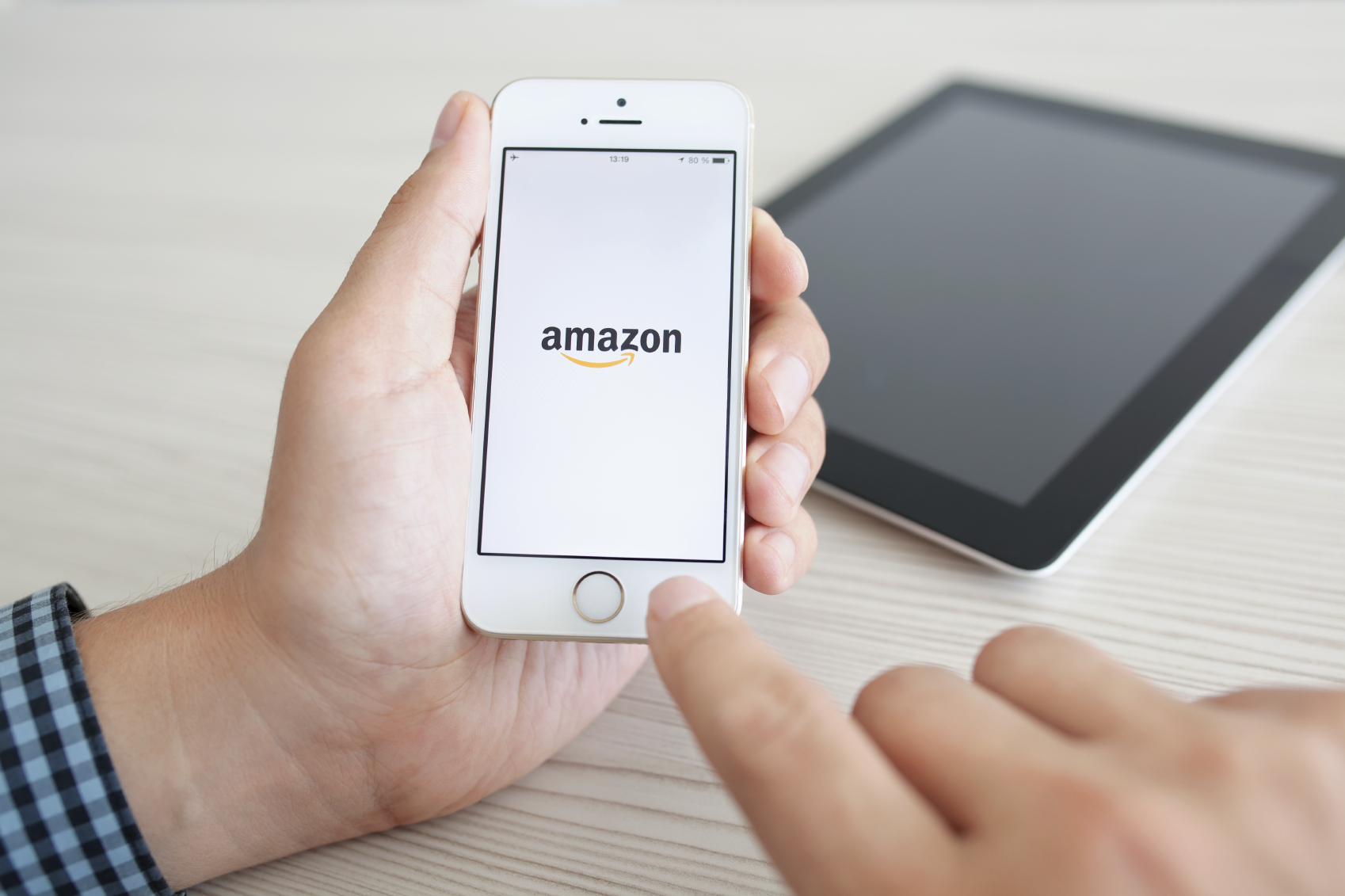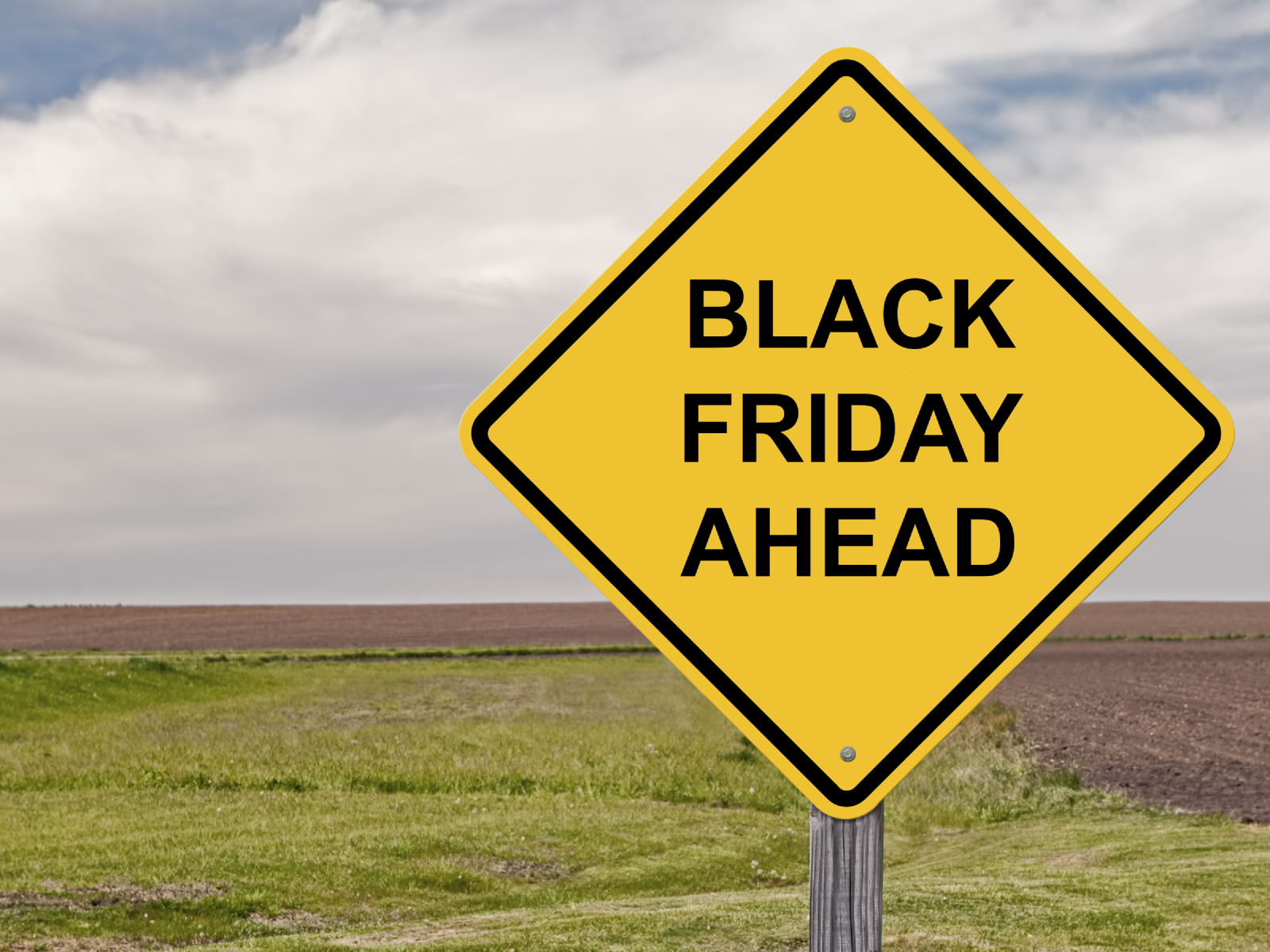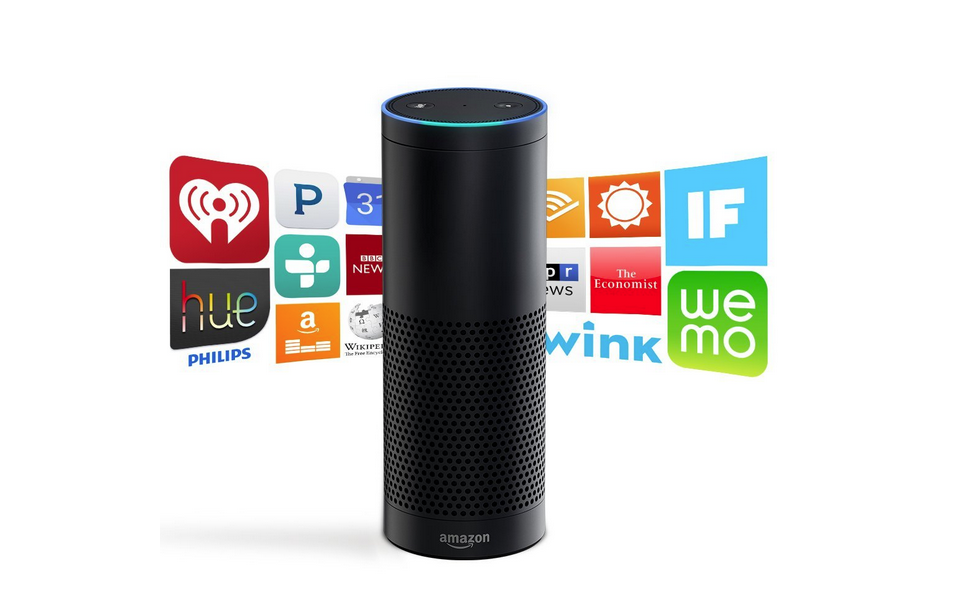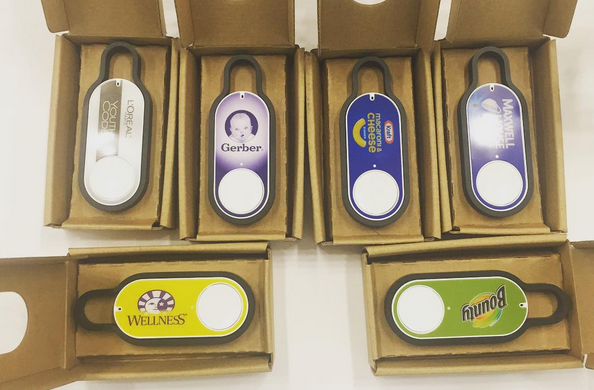Amazon might have just severely undermined the cultural relevance of Black Friday.
On Wednesday, the ecommerce giant announced its plan to start offering its Black Friday deals on Nov. 20 – a full week ahead of Black Friday. Amazon Prime members will be granted a half-hour earlier access to many deals than the general public. Facing pressure from Amazon’s aggressively proactive approach, traditional retailers like Best Buy, Toys “R” Us, Kmart, and Sears are all starting their Black Friday sales early this year so as not to be left out.
More importantly, as more and more people start shopping online and taking advantage of easier comparison shopping, most retailers are now offering the same Black Friday deals online, giving customers less incentive to visit the store. No more lining up for the doorbusters at Walmart this year, as the retail giant has opted to provide nearly all of its deals both online and in stores, with the online deals becoming available at midnight on Thanksgiving day, 18 hours before the stores open.
Overall, the disruption ecommerce has caused what analysts call the “graying” of Black Friday, where holiday sales start earlier and are spread out evenly throughout the holiday, thus making Black Friday less relevant. For retailers, this means a longer holiday sales period that starts earlier. Some retailers, such as Amazon and Toy “R” Us, are offering their loyalty program members early access, which creates smart sales windowing to incentivize the shoppers.
Besides starting early and rewarding loyal fans with early access, retailers should also consider making a push for mobile shopping this year. Amazon, for example, plans to offer a slew of mobile-only deals in hopes of driving more consumers to its app. Using mobile-exclusive deals to incentivize more shoppers to download branded retail apps can help retailers establish a digital touchpoint on shoppers’ smartphones, allowing them to connect with shoppers on the go. Apps can also provide consumer data for retailers to learn valuable insights into consumer insights.
Ecommerce may be eroding Black Friday’s importance as the biggest annual sales event, but it is also what will help retailers to reach today’s connected consumers and stay relevant in the long run.
